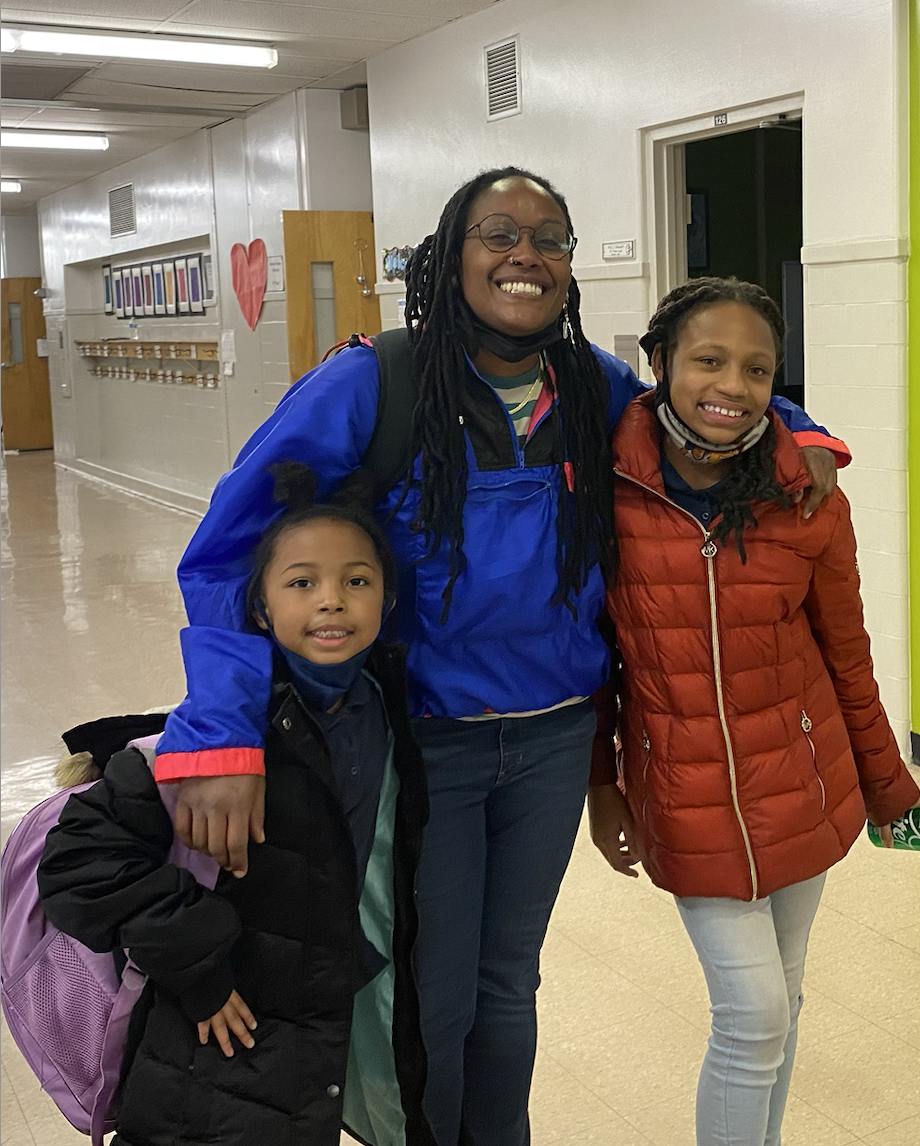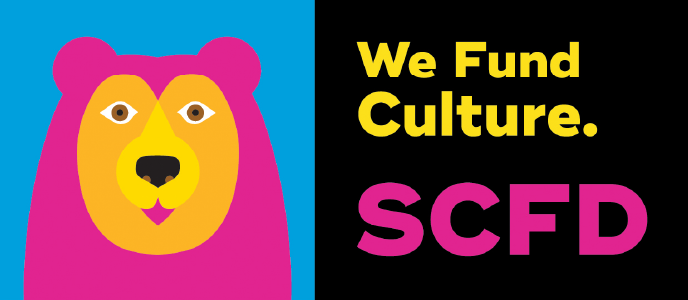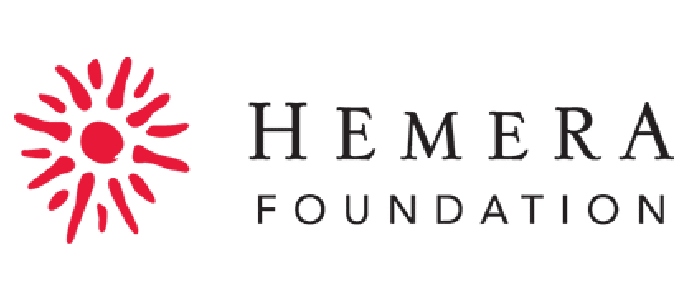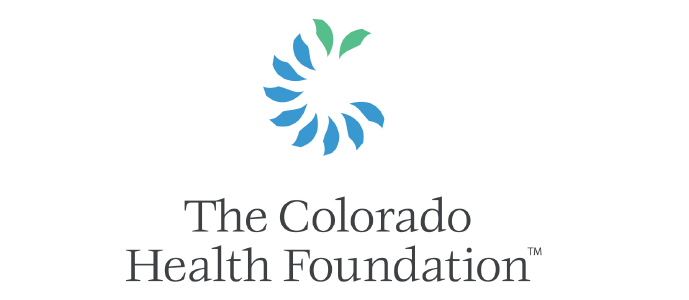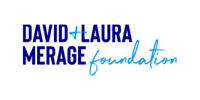Author: Shaunie Berry
My name is Shaunie Berry, and I’m honored to continue growing in my recent role as Art Education Coordinator at RedLine Contemporary Art Center.
Prior to coming to RedLine, I was an elementary PE teacher and was devoted to teaching youth about physical activity, health promotion and integrative health topics.
Outside of RedLine, I’m a mixed media artist specializing in portrait work and figure drawing.
It’s a dream come true to be working with so many inspiring artists and community leaders.
As the Art Education Coordinator, I oversee RedLine’s Youth Art Mentoring Program.
Here, we serve 5th-8th graders who may be living in stressed or underserved communities at Whittier EC-8 and Bruce Randolf Middle schools.
What is the Youth Art Mentoring Program at RedLine?
In Youth Art Mentoring, we focus on using social justice art education and socially engaged art projects to engage youth in exploring their creativity and expressing how they feel about issues that are important to them.
We pair them with one artist mentor, and they meet after school once a week for the entire school year.
Art mentoring provides students with a safe environment after school with a trusted adult mentor to explore the arts and build connections in their community.
Mentors help their mentee’s make their art visions a reality, and at the end of each year, there’s an accumulating exhibit at RedLine that showcases the students' projects.
A few quotes from current students on why art is important to them:
“It keeps me calm.”
“It clears your mind from the important stuff — and it’s fun!”
“It gives me something to put my feelings into.”
“I participate in art mentoring because I can learn more about art and what it’s like to be an artist.”
“I am in art mentoring because I like art and wanted to know more people and friends and learn new skills.”
Meet The Mentors
This year, we have a unique and gifted group of artist mentors that range in talents from spoken word poets, painters, sculptors, metalsmiths, muralists, graffiti artists, and more.
I strive to make our group a collaborative space. I make space in the curriculum for the mentors to be able to teach.
We all have unique experiences that we bring to each class dynamic. Our mentor-led unit of the program gives mentors a chance to flex their skills and lead the class in their personal art-making process.
The art mentoring experience is a meaningful relationship for both parties. The youth and adults form a trusting friendship, and the kids are able to share a part of themselves with their mentor that they may not feel comfortable sharing in their regular social environments.
We strive to embrace this time together as a safe space for open dialogue, questioning, and growth.
It’s been so fun to experience the kids' laughter while doing blind contour drawings with their mentors, learning how to patiently thread a needle and sew textile art, and letting loose by flinging paint to describe an emotion.
Meet the 2022-2023 Youth Art Mentors >
The Paradigms & Praxis of the Youth Art Mentoring Program
The Youth Art Mentoring curriculum utilizes the following 3 pillars:
Social justice art education: Reflecting on topics that are important to them, researching current events and learning about systems of injustice in their communities or lives.
Socially engaged art: Engagement with their communities beyond their school environment to reflect their concerns.
A contemporary art framework: The artistic process of ideation, translation, creation and communication.
We also teach students how to think like an artist using our “Artist Habits of Mind” system. Here, they go through the process of learning how to take an experience, process an idea, develop their craft, and move through the creative steps to deliver meaningful artwork.
Through these paradigms, students become more awake to the issues that affect the world — and how to advocate for positive change.
Youth Art Mentoring Plans for 2023
I believe that being a community advocate requires great self care and support, so I continue to dream up and pilot new ideas based on my expertise in public health and art.
I’ve been thoroughly enjoying creating a curriculum based on health promotion and the use of physical activity and play in relation to the arts: Imagine mentors vs. mentees doing relay style races down school hallways to complete figure drawing prompts, or molding their classmates into poses of famous sculptures.
I touch on topics of how food and nutrition impacts mood, energy levels, and inspiration. I also teach positive grounding techniques to help support students’ mental and emotional health.
Moving forward, I hope to hire more teachers to bring the Youth Art Mentoring curriculum into more territories, get students involved in more community based projects, take them on more trips, and even teach them how to be mentors for younger elementary school students.
We strive to support our young artists with the materials, experiences, and the foundation to continue to grow, pass down knowledge and be agents of change in their communities.
May 19-June 11, 2023. Opening reception on Friday, May 19, 5-9pm. Free food and drinks provided!




